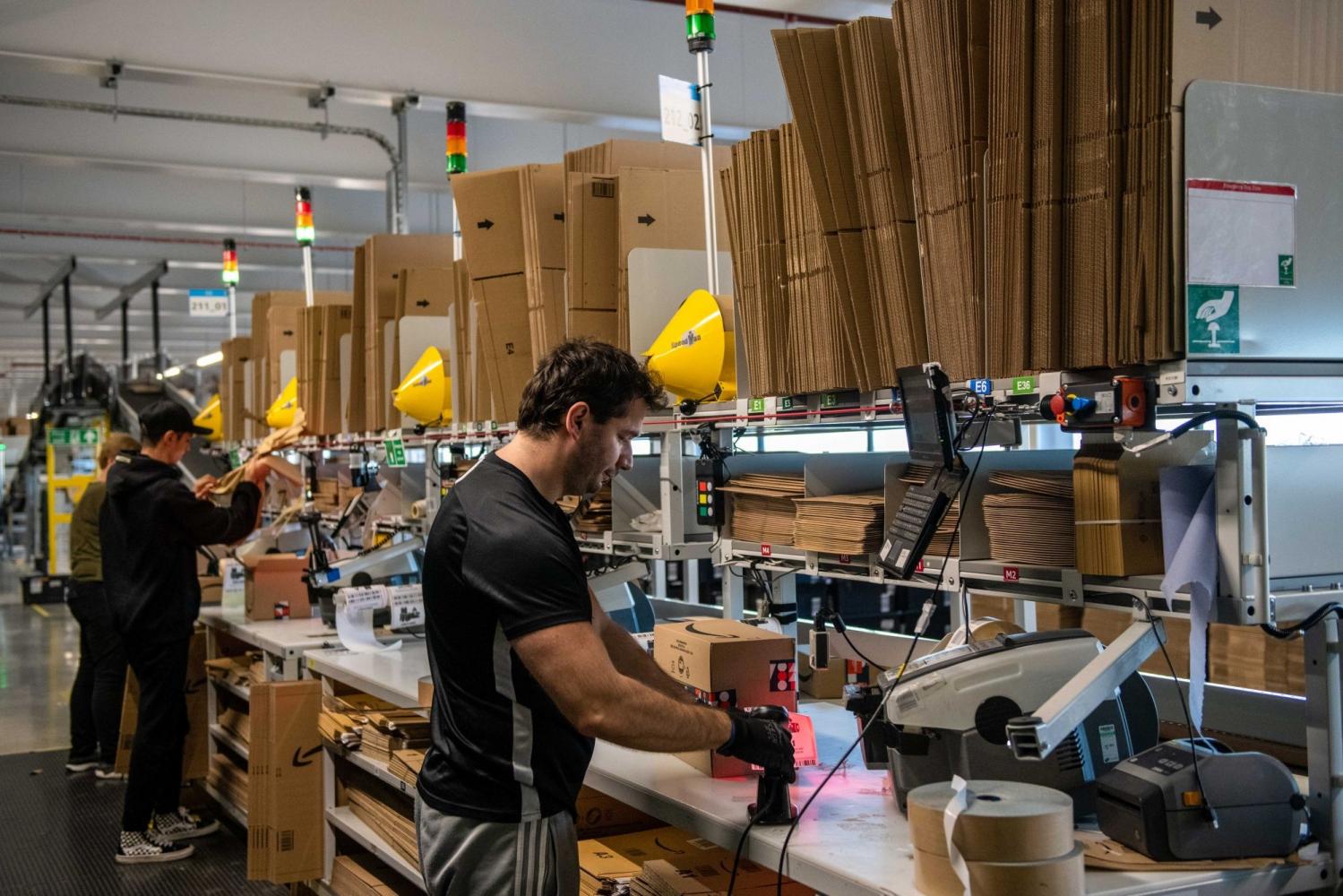Black Friday has come and gone, and as any online business knows, especially in North America, it marks the start of a very lucrative sales period. But this year, the e-commerce sector is contending with unprecedented global inflation, unstable supply chains and new consumer buying behaviour.
But don't panic. We're here to share our international logistics and e-commerce know how to ensure you still have a very merry holiday sales period. Here are the challenges that lie ahead -- and how your business can adapt.
1. Consumers' budgets will shrink: With global inflation continuing to bite, 42% more shoppers worldwide plan to start buying gifts earlier this holiday season before prices rise further. Many intend to reduce the amount they spend, too. Here's what your business can do:
- Now's the time to review your pricing strategy to ensure it's competitive. Look at your competitors' price points -- can you match or go lower?
- Do you have some excess inventory lurking in a warehouse somewhere? It's the perfect time to offer some discounts to help shift it.
- Offer lots of flexible payment options -- including a "Buy Now, Pay Later" solution -- at checkout, so customers can find one that suits their needs.
- Don't forget to offer free shipping -- this is always a huge incentive for shoppers, and will be even more so during these tight times.

An employee packs items at the Amazon.com's LCY3 fulfillment centre in Dartford, UK, on Nov 22. (Photo: Bloomberg)
2. Value for money will be a priority: According to eBay's Spend Trends 2022 report, 60% of consumers said that good value for money is the most important factor when it comes to this year's holiday shopping. With that in mind:
- Be prepared for people taking their time before committing to buy. Provide inspiration -- such as gift guides -- but don't be too pushy.
- Highlight the quality and unique selling points of your products within the listings so customers know they're getting something special.
- Shoppers will be spending more time on marketplaces like Amazon where they can easily compare prices.
- Product bundling -- offering multiple items together for a reduced price -- will be appealing to shoppers looking for value, while giving you an opportunity to upsell.
3. Brand loyalty will wane: With price now a priority, consumers will become "brand promiscuous", shopping around for the best deals. For e-commerce businesses already facing rising costs, there's a dilemma: maintain current pricing but risk customers switching to lower-cost brands, or lower prices in the short term but see profits plummet. Put the customer experience at the heart of your sales campaign this peak season to keep existing customers and attract new ones:
- Think personalisation -- whether that's sending customers personalised gift guides (you can use their browsing history to inform this), emailing loyal customers exclusive holiday discount codes, or little touches like addressing customers by their first name across communications.
- Engage with customers on social media, and respond to questions quickly. Be an active presence -- you are your brand's best salesperson after all.
- A well-polished e-commerce website ensures a great customer experience.
4. Green shopping will trend: This year, sustainability is set to play a central role. Some 83% of shoppers will seek out eco-friendly brands and products this holiday season, while 42% would even consider paying more for sustainable shipping options. Keep these ideas in mind:
- What are your brand's eco-credentials? Integrate them into your marketing communications, and shout about them on your e-commerce website.
- Remember the packaging. If your customer's small order arrives swathed in layers of excessive packaging, they won't be impressed -- worse still, they might "package shame" your brand on social media.
- Introduce a carbon offsetting scheme. DHL Express offers a range of climate-neutral shipping options through its GoGreen portfolio, allowing businesses to offset their shipments' carbon emissions with investments in climate protection projects around the world -- including planting one million trees a year.
5. Businesses will face a perfect storm of supply chain challenges: There's the war in Ukraine, rising gas prices, global inflation and lingering Covid border policies delaying exports from China. It's no wonder 67% of US small and medium enterprises say they have already faced inventory challenges in 2022, while 80% have seen their supply chain costs rise. What your business can do:
- Diversify suppliers: relying on just one is risky in the current climate. Working with several means your business will be more resilient to market changes.
- Explore digital-first solutions like inventory-tracking software and automated warehouses. These can help your business better predict consumer demand, drive down marginal costs and reduce waste.
- Be ready to pivot your sales strategy at a moment's notice. If you're experiencing a delivery delay from a supplier, for example, switch to push other available products on your website. No customer likes an "out of stock" message.
- Many retailers are having to cut costs across their business, but offering customers free shipping and returns are huge sales drivers, so should be preserved. Instead, look at other areas of your business to see where savings could be made.

